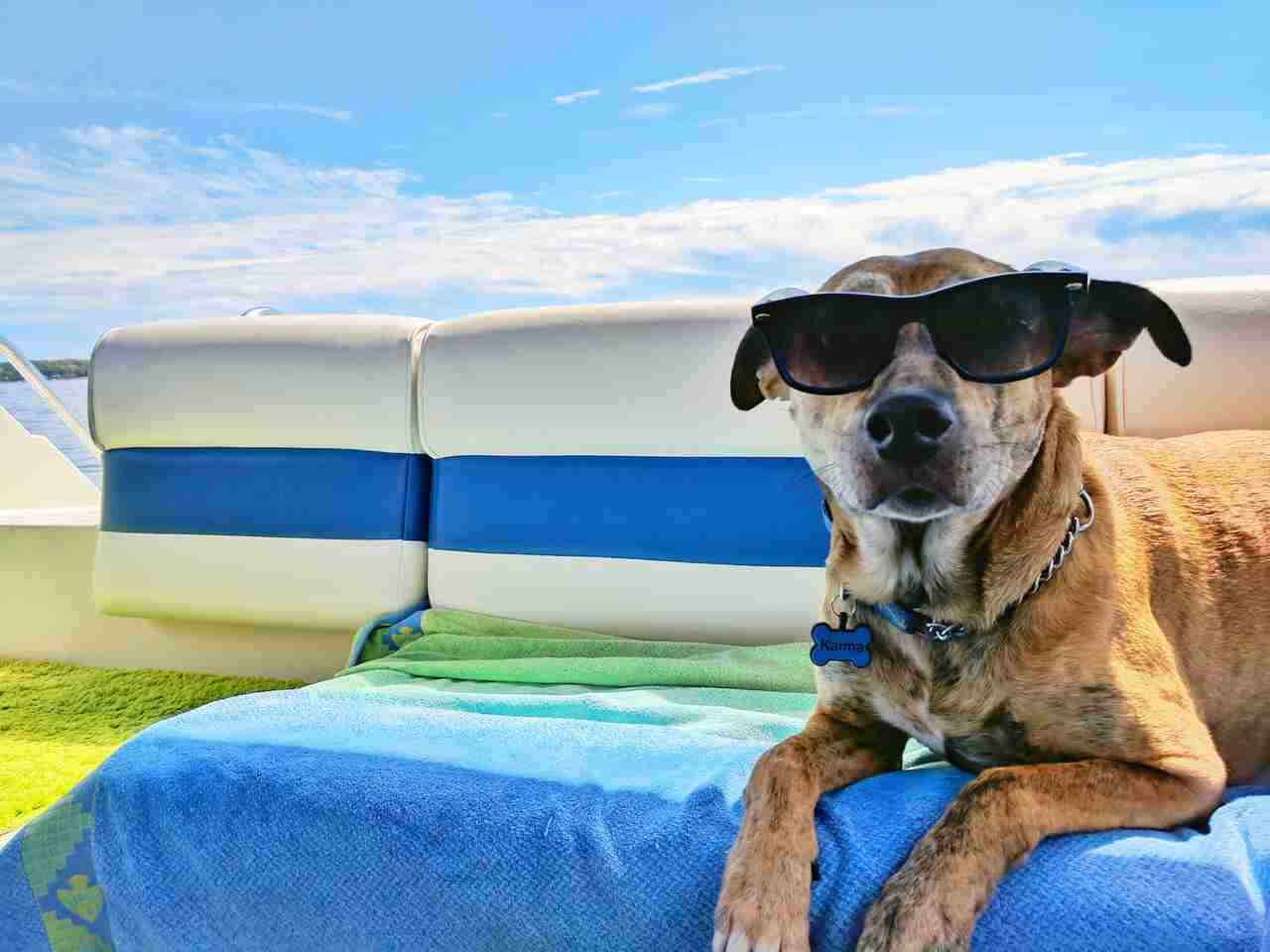
With the holidays approaching, many cat and dog owners are traveling with their pets. To ensure a safe and enjoyable trip, some essential guidelines are needed, including responsible planning to ensure that every moment with your pet is pleasant.
+ Videos: there’s nothing cuter than images that bring together dogs and children
+ Videos capture chiropractor fixing dogs’ spines in seconds
+ Check out 5 cleaning tips for homes with dogs and cats
According to Natália Lopes, a Veterinarian and Scientific Affairs Manager at Royal Canin Brazil, it’s important to consider the well-being of your pet throughout the entire trip, including a flexible itinerary with breaks for rest and recreation.
“Traveling with pets can be a very enjoyable experience. Therefore, their safety and well-being should come first. To provide fun moments, certain precautions are necessary, especially with outdoor activities and longer trips.”
Natália also emphasizes that advanced planning is part of responsible pet ownership, taking into account individual needs and the pet’s well-being. “Providing conditions to keep your pet happy, healthy, and well-socialized is essential for them to thrive in their environment. Remember that they may become anxious during trips, and if that happens, it’s important to provide the comfort and security they need,” she explains.
With the goal of Making A Better World for Pets, Mars Petcare, focused on pet nutrition and well-being, and owner of the brands ROYAL CANIN®, PEDIGREE®, and WHISKAS®, offers important care tips for pet owners to make the most of the holidays with their pets. Check it out!
1. Consult a Veterinarian Before Traveling!
With a more flexible schedule, schedule a visit to the veterinarian and set up a check-up for your pet. Make sure the vaccination record is up to date for car, plane, or bus trips.
For interstate or international travel, a health certificate is required, following the transportation regulations of each country. Preventive medications for parasites, such as fleas and worms, should also be up to date, always following the professional’s recommendation.
It’s important that the veterinarian is aware of the travel destination to assess and prevent risk diseases that may be present in the area, whether it’s the beach or the countryside, such as heartworm disease and leptospirosis, and can recommend the most effective preventive method for your pet.
2. Proper Nutrition Is Essential
Your pet’s nutrition is one of the main concerns during trips. To minimize changes in the pet’s routine, the owner should bring the right amount of food they consume to avoid the risk of not finding the same food during the trip.
If the owner wants to indulge their pet and enhance their hydration, it is recommended to offer wet food with the same indication as the dry version to provide “mix feeding,” which means combining dry and wet food. This is an excellent alternative, both for its practical presentations (in sachets and cans) and for its hydration capacity.
3. Pack a Pet Travel Kit
In addition to separating the pet’s food, the owner needs to prepare the pet’s travel trousseau. Essential items include a pet carrier, leash, and collar with the owner’s contact information, food and water bowls, toys, a bed, a blanket, hygiene items (wet wipes, pee pads, litter boxes, shampoo, etc.), and emergency medicines and ointments recommended by the veterinarian.
Having all the items your pet needs on hand makes the trip smoother and less stressful for the animal and, consequently, for the owner as well.
4. Outdoor Walks
If playing or walking with your pet is outdoors, extra precautions are necessary, especially with sun exposure. Avoid exposure between 10 a.m. and 4 p.m. Offer water to your pet regularly to prevent dehydration, and take care to protect their paws during the walk, as they can come into contact with hot ground, sand, and saltwater.
It is essential for owners to provide all the necessary support for the animal to move without any discomfort. Never let your pet roam freely without a leash, and don’t forget to bring bags for picking up the pet’s waste.
5. Assess If Traveling Is the Best Option for Your Pet’s Well-Being
Changes in routine can cause stress in animals not accustomed to new environments and people. In the case of cats, it’s important to ensure that the location is safe, with screened windows, as well as water, food, and a litter box available.
Consult the veterinarian for tips on cat-friendly practices that can make the environment more pleasant for the feline. And if travel is not an option, hotels and pet sitters can be an alternative to keep the pet safe.

